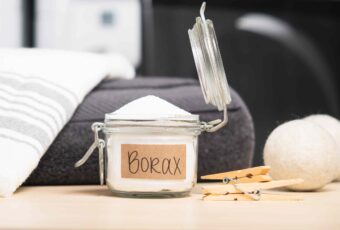
Painting Wall
Peeling
Peeling paint happens both on interior and exterior walls and can happen due to moisture, high humidity, poor caulking, clogged gutters, or a leaky roof. Improve your ventilation with wall vents and exhaust fans, fix crumbling caulking, loose shingles, and full gutters. Then remove the peeling paint, sand, clean, prime, and repaint.

Peeling
Cracks, Flakes, Clumps
Cracking, flaking, and clumping can happen across all surfaces and can be caused by insufficient surface prep. To repair, you can remove the cracked paint, sand, clean, prime, and the repaint the problem areas.

Cracks, Flakes, Clumps
Bubbling
Bubbling in paint happens due to heat and moisture. For painted surfaces that are in direct sunlight or newly dried latex paint that is exposed to rain, dew, and high humidity, you might start to notice bubbling and blistering. Burst the bubble to see what the source of the issue it. If it’s moisture, make sure you get the source of the problem fixed then remove the paint, smooth, clean, prime, and repaint.

Bubbling
Alligatoring
Alligatoring is the pattern that can be seen that looks like alligator skin that can start out as wrinkling and turn into rectangular cracks. This happens when the paint goes through weather fluctuations and tends to happen more with oil-based paints. To fix, you can scrape, sand, chemically remove, or use a heat gun. After you’re done removing it, rinse and let it completely dry. Then prime, wait to dry, and repaint.

West
Chalking
Chalking is what happens when you see a fine, white powder that forms on painted walls, which happens in sunny and arid climates. Usually this happens when exposed to weather changes. You can remove this completely by treating with TSP solution and then rinsing. Wait until it is fully dry and then repaint with high-quality paint that’s meant for exteriors.

Chalking








